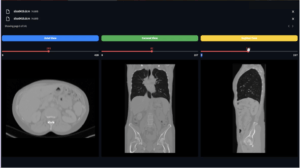Machine Learning for Linear Regression

Linear regression is a statistical method, which belongs to a more general family of statistical approaches called “linear models”. Linear regression is used to understand the relationship between a response variable and one or more explanatory variables.
In linear regression, we assume that there is a linear relationship between the response variable and the explanatory variables. In other words, we assume that if we add an extra unit to one of the explanatory variables, the response variable will go up by some fixed amount.
What Is the Difference Between Linear and Logistic Regressions?
Linear regression is a statistical method used to analyze the relationship between two variables. Logistic regression is a statistical method used to analyze the relationship between one dependent variable and one or more independent variables.
Linear regression can be thought of as a predictive model for understanding the relationship between two continuous variables.
Logistic regression, on the other hand, can be thought of as a predictive model for understanding the relationship between one continuous variable and a qualitative variable.
Linear vs. Logistic Regression — Statistical Differences
Linear regression models are used for data that is not exponential. Linear regression models are less complex than logistic regression models, but they do not provide accurate predictions.
Linear regression models are more intuitive and easier to understand. This is because linear functions can be drawn on a graph where the relationship between the independent and dependent variables can be observed easily.
Logistic regression models are more complex because they produce an S-curve, which makes it difficult to observe the relationship between the independent and dependent variables.



